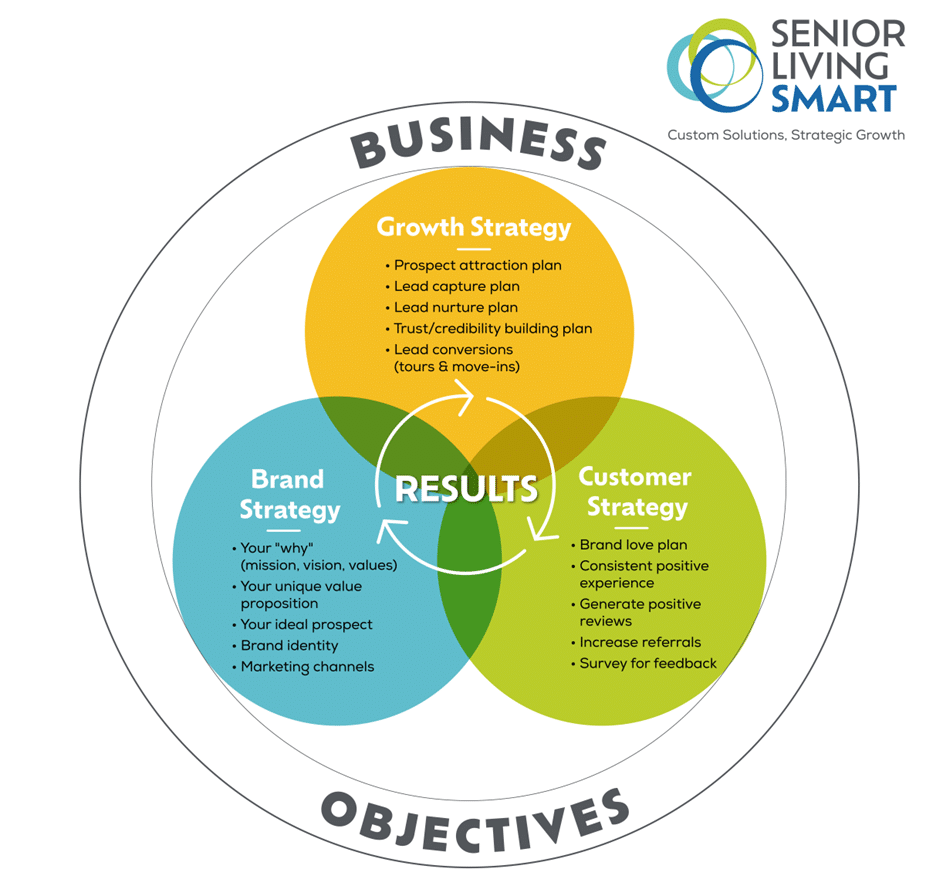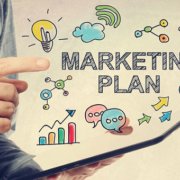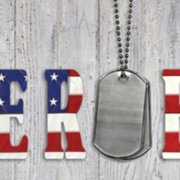Use Traditional Marketing to Build Community Awareness
While most prospects find senior living communities through digital sources (like organic search and paid ads), other more “traditional” marketing tactics can still be critical during this all-important “find” stage.
The primary purpose of these traditional tactics is not to generate leads but to make people aware that your community exists.
Remember, prospects and adult children often live within a small radius of your community. Effective signage, a presence in the local media, and a strong local referral network can help people become familiar with your community’s name long before they search Google.
Below, we dive into several ways to build brand awareness in senior living via these more traditional marketing tactics:
- Local media
- Referral networks
- Direct mail
- On-site and off-site events
- Grassroots marketing
Local media
The target demo for senior living still reads local newspapers, magazines, and publications. The messaging for print ad campaigns or paid advertorials (a popular staple in weekly and monthly publications) should highlight services and reviews. For the call-to-action (CTA), you can experiment with “Schedule a tour” or “Attend our [fill in the blank]” (like a book club; events do exceptionally well in these campaigns).
Consistency is key when building awareness. You can’t run a few ads and expect immediate results. Success requires sustained effort over time.
Speaking of results, they can be subtle and difficult to measure. Consistent messaging often registers subconsciously: “Didn’t I see an ad for that in the newspaper?” “I think I drive by that place on my way to work; I remember seeing a sign.” “Oh, that’s where we donated school supplies last fall.” These small connections gradually build familiarity and trust.
Print ads are especially important for communities going through transitions, like lease-ups, acquisitions, or changes in management.
We recommend running half-page or quarter-page ads every month. Use a combination of evergreen content, such as resident spotlights, testimonials, and “Did you know?” facts, along with any upcoming community events. CTAs should be relevant to the content (learn more, call today, save your seat), and any URLs or phone numbers should include tracking for proper attribution.
Referral networks
For needs-based senior living (assisted living and memory care), prospects often “find” a community through a direct referral from a professional contact such as a discharge planner, social worker, physician, home care provider, adult day care center, or geriatric care manager.
Independent Living prospects might seek counsel from trusted advisors, such as elder law attorneys, financial professionals, spiritual advisors, and realtors, since their decision is more planned.
Building a professional referral network requires time and a collaborative approach. However, the investment is worth it, as these referrals tend to have the highest closing rate at the lowest price.
Direct mail
Today, you can buy direct mail lists that go beyond age, income, and zip code. You can now source highly targeted lists to include parameters like health criteria, diagnosis, and household demographics.
For example, providers needing to generate leads for memory care can buy a list of contacts within the community’s radius and include other qualifying income and asset criteria related to dementia or Alzheimer’s disease.
The three essential components of an effective direct mail campaign include:
- The quality and accuracy of your list (refresh your mailing list yearly)
- The demographics (for example, health status, persona, financials, age)
- The offer. Make it compelling! Think visually appealing design and an engaging message and CTA.
Including a QR code, vanity URL, or call tracking number will help measure each campaign’s ROI.
On-site and off-site events
A combination of various events—social, educational, networking, and community—can help attract different audiences at different decision stages.
Early-stage prospects in the awareness/research stage might be more comfortable attending an off-site event at a restaurant, library, church, or country club rather than booking a tour in your community. Dine & Discover, Lunch & Learn, and speaker/author events work well for these folks.
Prospects in consideration and decision stages are more likely to attend on-site events, such as educational programs (financial, legal, downsizing), open houses, Parade of Homes, support groups, and social events.
Grassroots marketing
Grassroots marketing is all about building meaningful connections within the community. Joining local chambers of commerce, donating to organizations like Toys for Tots, food pantries, or Meals on Wheels, and supporting school supply drives are excellent ways to establish awareness. Offering event space for community gatherings, hosting health fairs, and organizing immunization clinics further solidify your presence as a trusted and engaged community partner.
Yes, it is possible to get move-ins from hosting Girl Scout meetings, piano recitals, bridge groups, and even The Happy Hookers (get your mind out of the gutter—we’re talking about a knitting circle!).
Most of these tactics are outbound marketing—and that’s OK.
By “outbound,” we mean that the messaging is reaching a broad audience, most of whom haven’t expressed a need or interest in senior living. The common denominator is that the members of this audience live or work locally.
The hope is they will see your sign, print ad, or postcard or remember your outreach when there is an opportunity to refer. The lead volume for these tactics will be much lower (again, the goal is awareness, not lead generation). However, the closing ratio tends to be much higher in the long run. Senior living has a long sales cycle, and advancing prospects from awareness to close involves a multi-touchpoint and attribution strategy.
Weave these tactics into one comprehensive marketing strategy for senior living.
Do you need help putting all the pieces together and seamlessly executing various tactics? We can help. Get in touch to discuss your community’s marketing strategy.










 1. You never get a second chance to make a first impression.
1. You never get a second chance to make a first impression.



